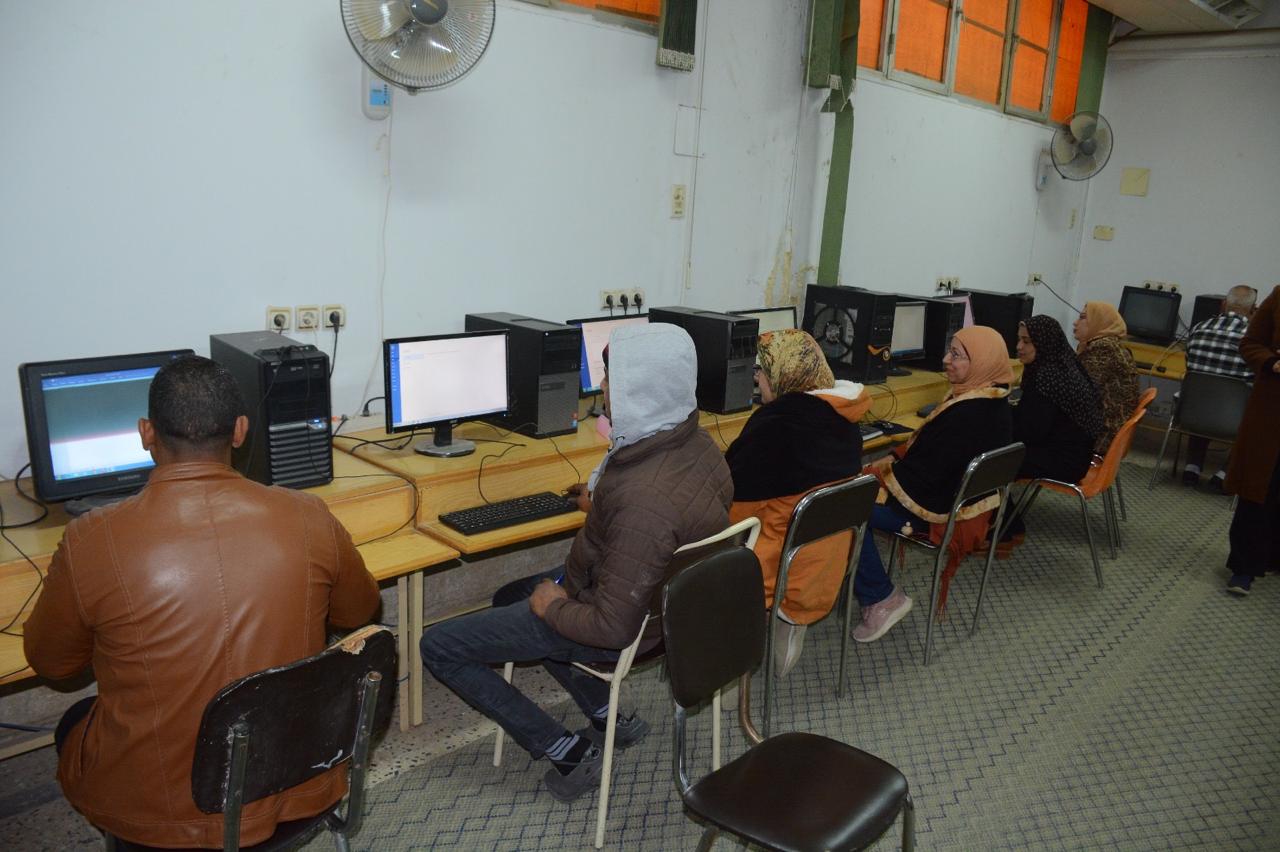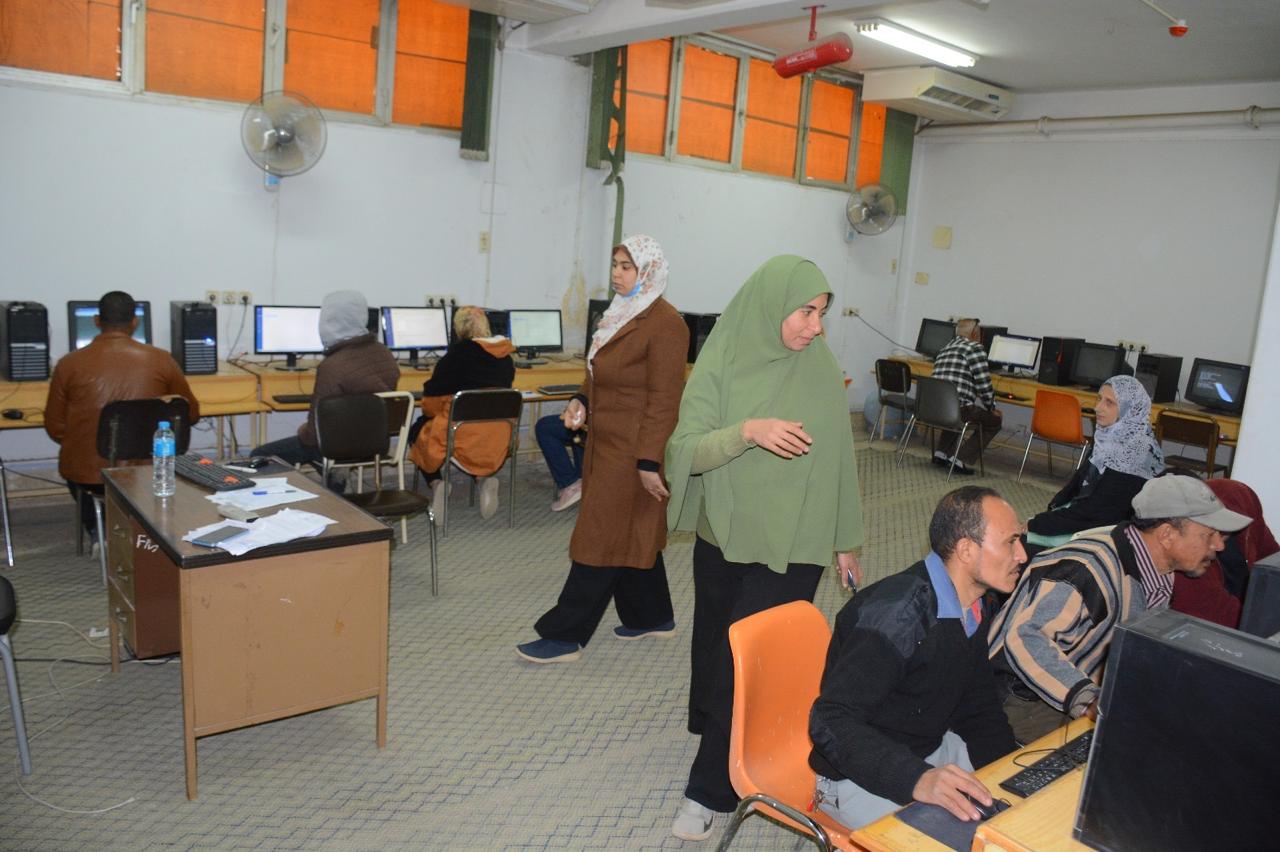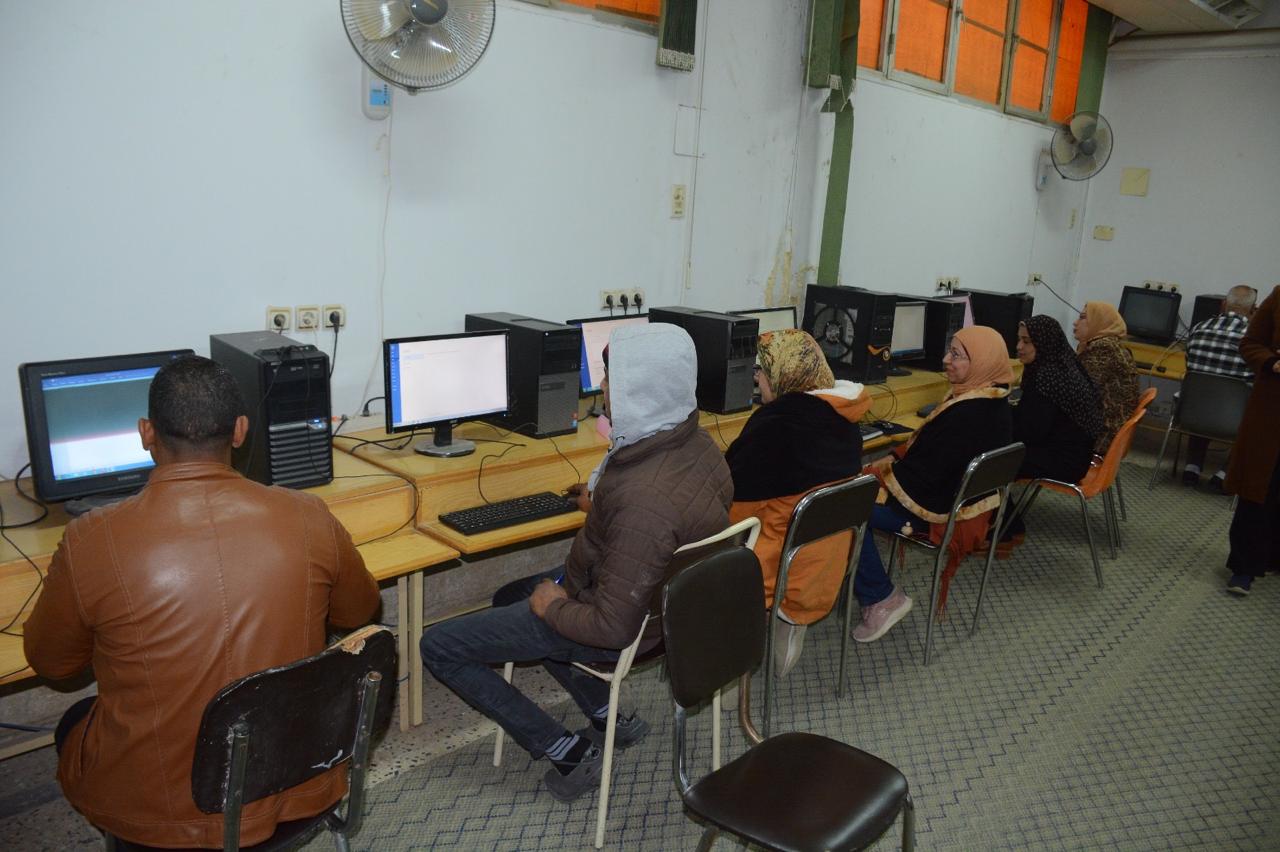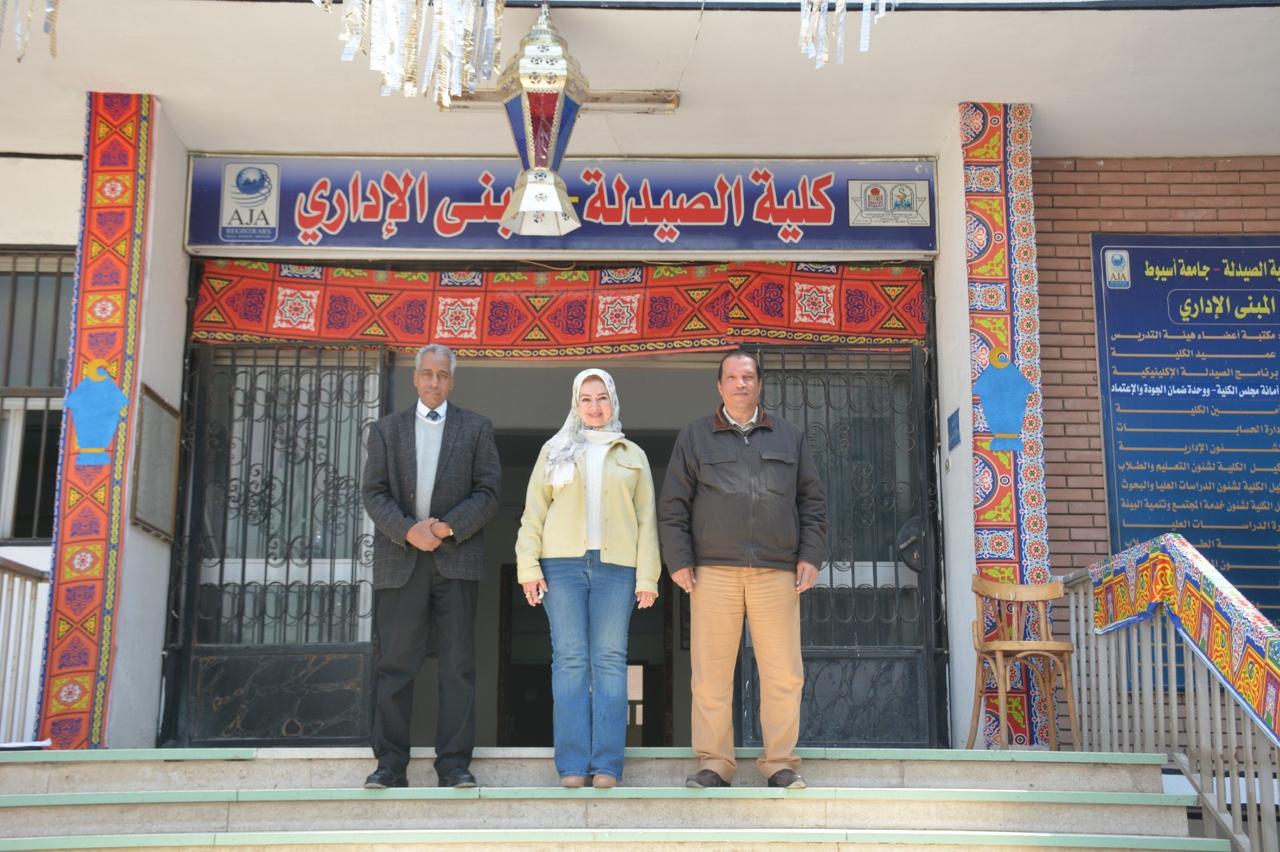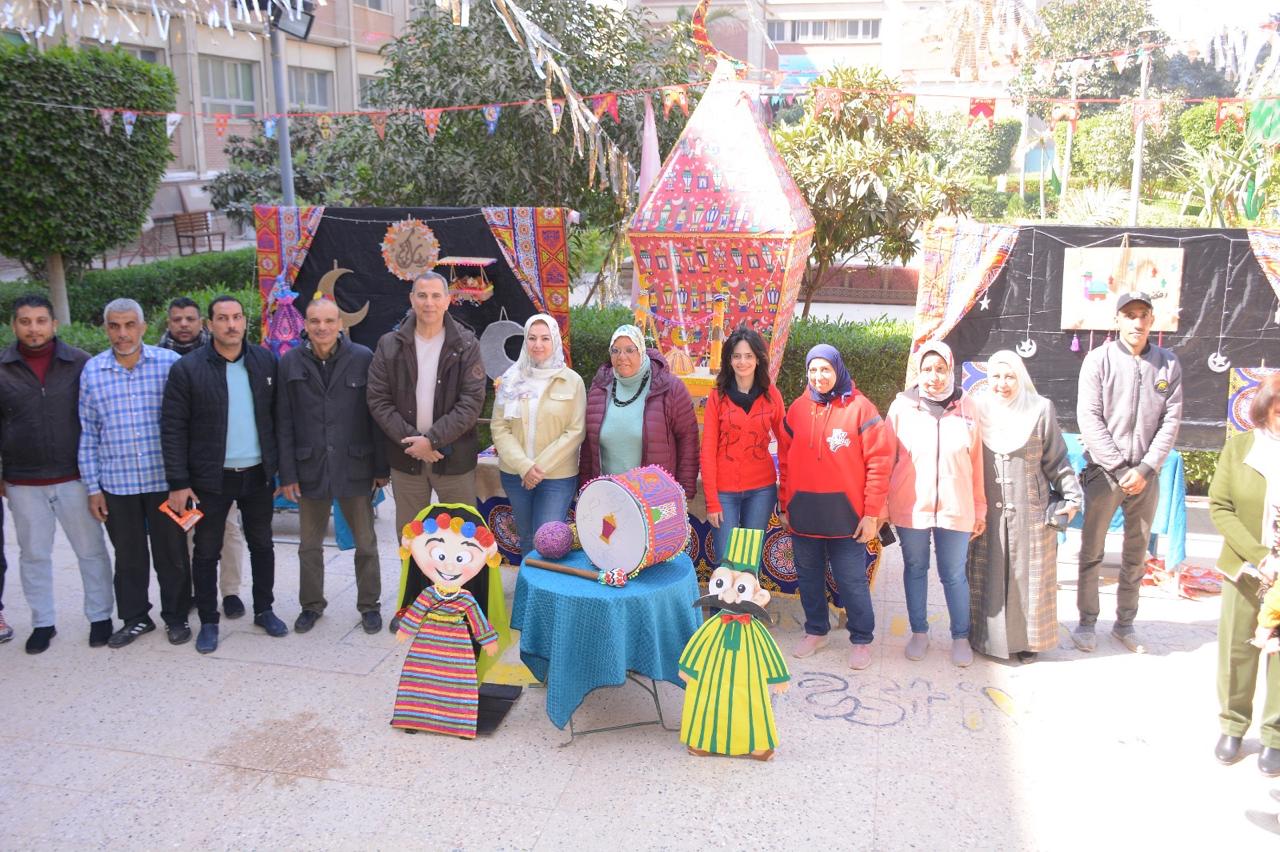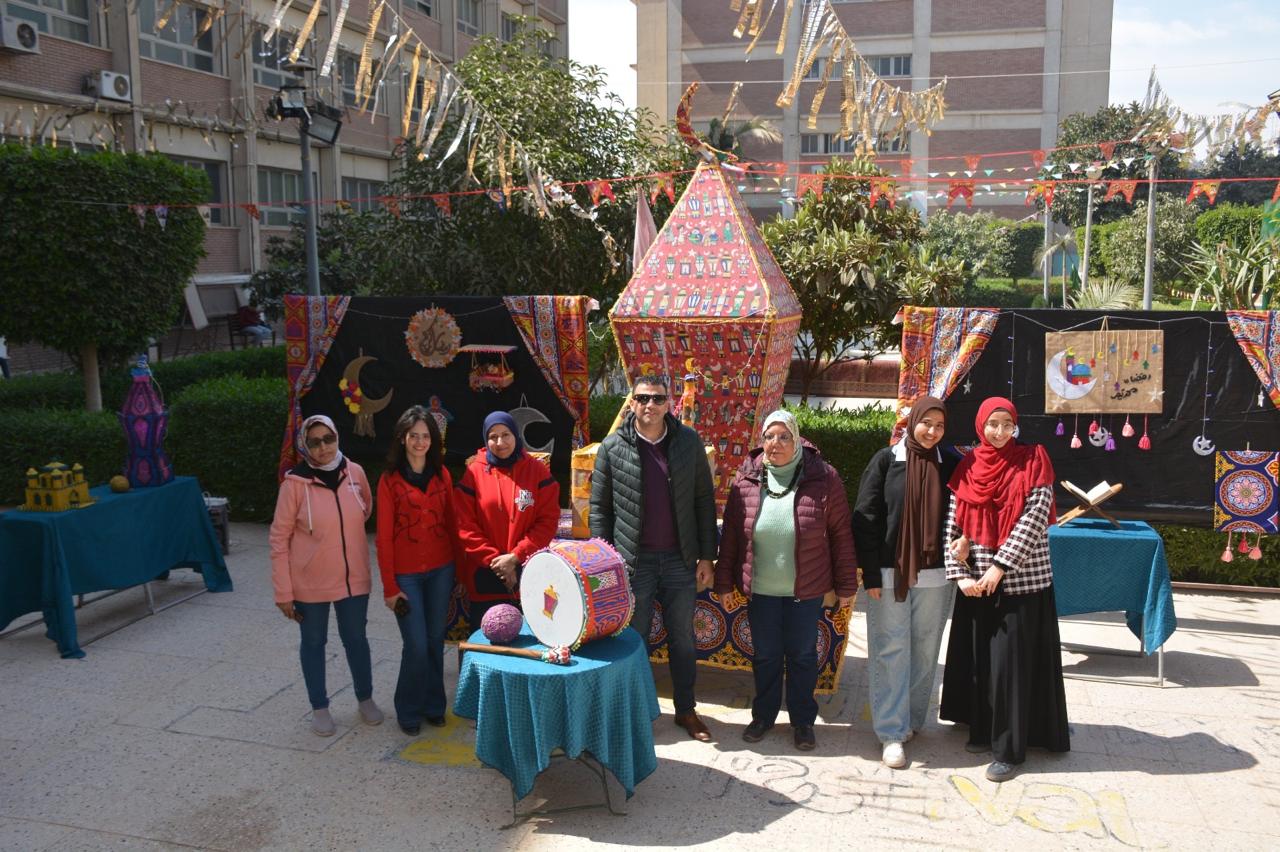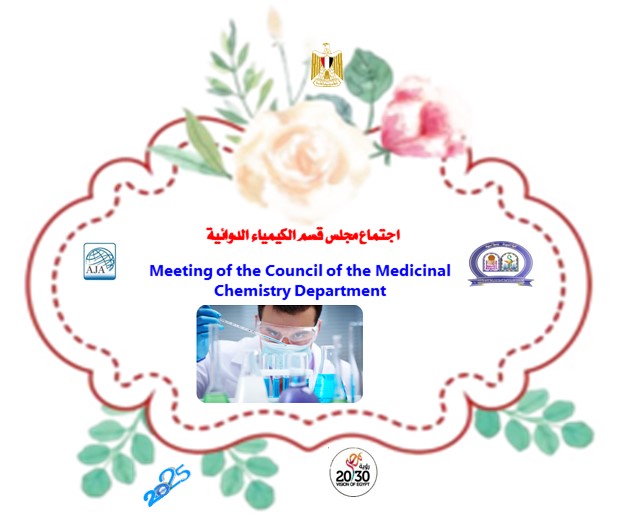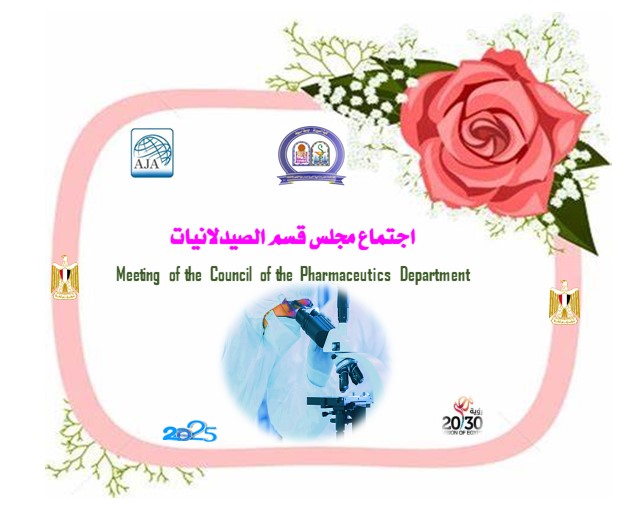The Technological Services Unit documents with photos a workshop for the administrative staff at the faculty titled 'Enhancing Skills Using Microsoft Office 2016 Word for Administrators
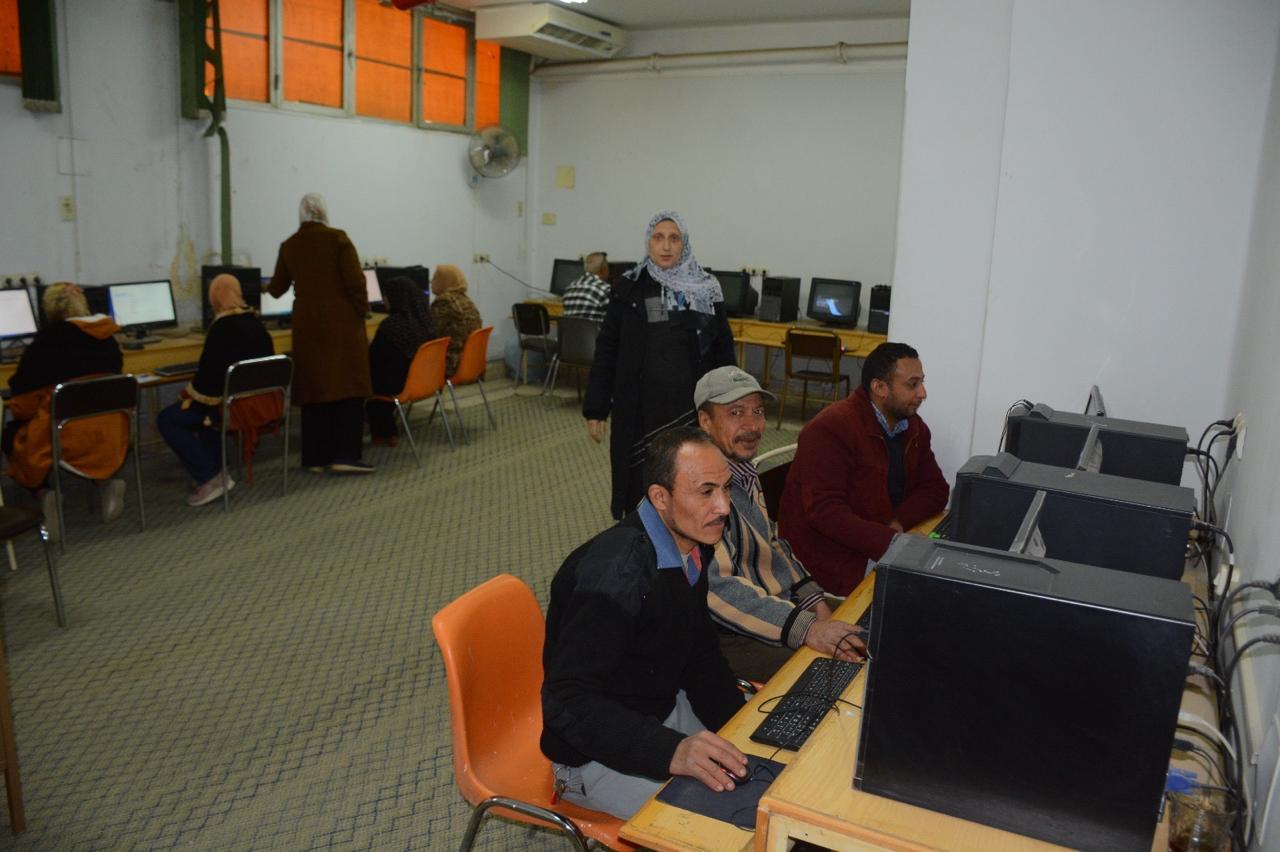
Under the patronage of His Excellency Prof. Dr. Ahmed El-Manshawy, President of the University, and under the supervision of Prof. Dr. Gehan Nabil Fathy, Dean of the Faculty, and Prof. Dr. Soad Abdel Latief Hassan, Director of the Technological Services Unit at the faculty, the Technological Services Unit organized a workshop for the staff members at the faculty titled 'Enhancing Skills Using Microsoft Office Word 2016.'
The workshop was conducted by the staff of the Technological Services Unit at the faculty, and a large number of employees from various departments and sections of the faculty participated. This workshop is part of the faculty 's ongoing efforts to enhance the skills of its staff in the field of information technology and digital transformation, in line with Egypt's Vision 2030.
The workshop will continue on Tuesday and Thursday, February 25 and 27, 2025, at the Technological Services Unit Laboratory at the faculty
